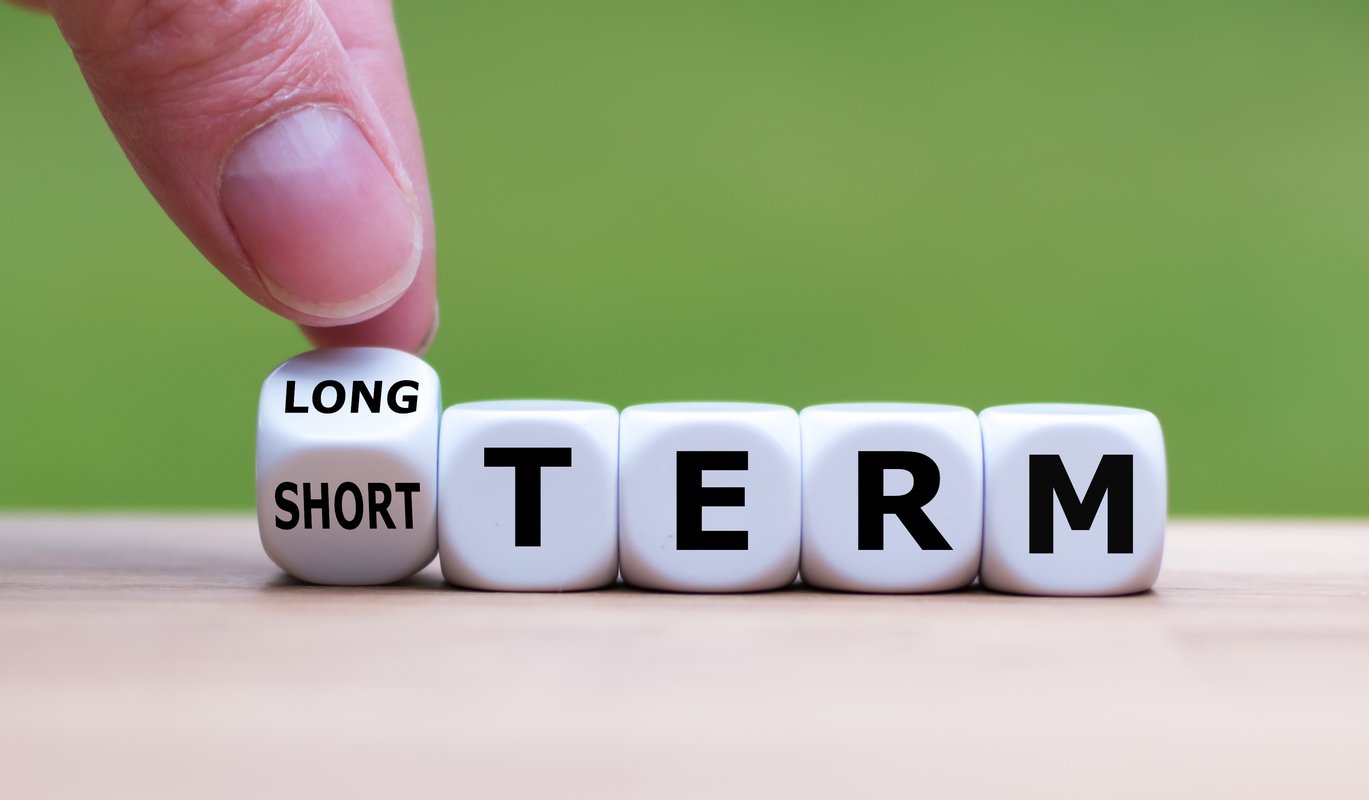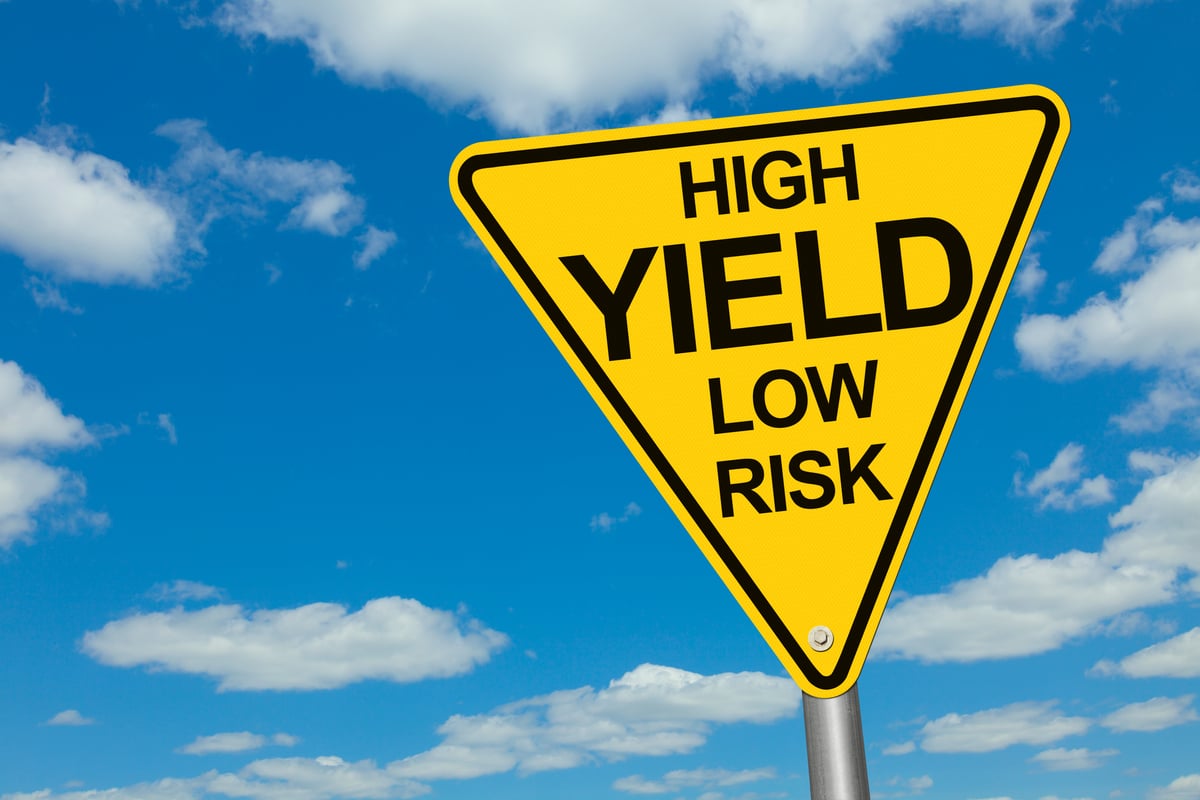Founded in 1837 and 1886, respectively, you'd be hard pressed to find many public companies older than Procter & Gamble (PG 0.12%) and Coca-Cola (KO +0.34%). But these two have more in common than just age. Both are part of one of the most elite clubs in the stock market: the Dividend Aristocrats. The 57 companies in this group have not only paid out dividends without fail for 25 years, but they have also increased the dividend payout every year over that span. (In fact, P&G and Coke are a step higher on the ladder, as both belong to the Dividend Kings club -- hiking their payouts annually for at least 50 consecutive years.)
Coca-Cola vs. Procter & Gamble Dividend, data by YCharts.
If you're considering investing in either of these companies today, it's likely because you are looking for stable long-term dividend growth. So which company will be the better dividend stock?

Image source: Getty Images.
Procter & Gamble focuses on core brands
Dividend investors often take note of a company's payout ratio: the percentage of earnings paid out as dividends. Procter & Gamble's dividend at first glance looks entirely unsustainable with a GAAP payout ratio exceeding 200% in fiscal 2019. But this metric is currently skewed because of writedowns in its Gillette shaving business.
Men's shaving habits are changing, and Gillette doesn't do the business that it used to. Weak results from this segment led Procter & Gamble to write off $8.3 billion in goodwill in 2019. When a company writes off goodwill, it shows up on the income statement, even though no money trades hands.
In fiscal 2019, Procter & Gamble paid out $7.5 billion in dividends ($2.90 per share), when it only had $1.43 in earnings per share on a GAAP basis. But the company said it had core EPS of $4.52, which accounts for the $8.3 billion goodwill write-off, among other items. When looking at core EPS, the payout ratio for 2019 was 64% -- much more sustainable than 203%!
Having addressed Procter & Gamble's payout ratio, we turn to revenue growth, as it's correlated to future dividend increases. In recent years, the company divested certain parts of the business that weren't considered core, including 41 beauty brands sold to Coty in an $11.4 billion deal in fiscal 2017. These divestitures explain why Procter & Gamble's revenue has fallen from $70.7 billion in fiscal 2015 to $67.7 billion last year.
By divesting some non-core assets, Procter & Gamble has been able to increase focus on its core product categories, and the strategy appears to be working. In the first two quarters of fiscal 2020, organic quarterly revenue is up year over year, including 5% growth in Q2. As the company finds ways to grow the top line, it's reasonable to expect bottom-line growth as well (GAAP EPS was up 16% in Q2), enabling future dividend increases.
Coca-Cola improves profitability
Coca-Cola is much more than its namesake soda, having over 500 drink brands in its portfolio. These brands go beyond the carbonated-soda category and include water, tea, and coffee. This enormous portfolio allows the company to continually position itself to meet shifting consumer tastes, growing revenue in the process. Organic revenue rose 6% in the first nine months of 2019.
Through the first nine months of 2019, overall revenue is also up 6%: a welcome turnaround after overall revenue declined every year from 2013 to 2018. These declines were largely due to Coca-Cola refranchising its company-owned bottling operations. This move did reduce total revenue, but it made the company more profitable, as the five-year chart below demonstrates.
Coca-Cola Revenue, Net Income, EPS, and Operating Margin, data by YCharts. TTM = trailing 12 months.
Although a payout ratio is calculated with EPS, Coca-Cola's management has stated that it's targeting returning 75% of free cash flow to investors via dividends. Through the first three quarters of 2019, Coca-Cola generated $6.6 billion in free cash flow: up 41% year over year. This brings trailing-twelve-month free cash flow to $8 billion. Over this 12-month span, it paid out $6.7 billion in dividends, or 84% of free cash flow.
Thus, Coca-Cola's payout is above management's stated goal, which is a little troubling. Still, with free cash flow improving, the payout is likely to move towards the target of 75% of free cash flow quickly.
The better buy today?
As we've seen, Procter & Gamble has a stable dividend that should continue increasing. It raised its dividend by 4% last year, which is about what investors should expect going forward. Its current yield is just over 2%.
Turning to Coca-Cola, its dividend payout is a little high. But considering its free cash flow growth, there doesn't seem to be any real danger that Coca-Cola will cut its dividend. Last year, Coca-Cola increased its dividend by 2.5%. That level of growth seems to be within reach going forward. The stock's yield is just under 3%.
These potential dividend investments are very similar. Choosing one today, I'd pick Coca-Cola for its improving free cash flow and slightly higher yield. But in reality, I'm not sure either of these companies are worth buying today, as there are better dividend investments out there.









